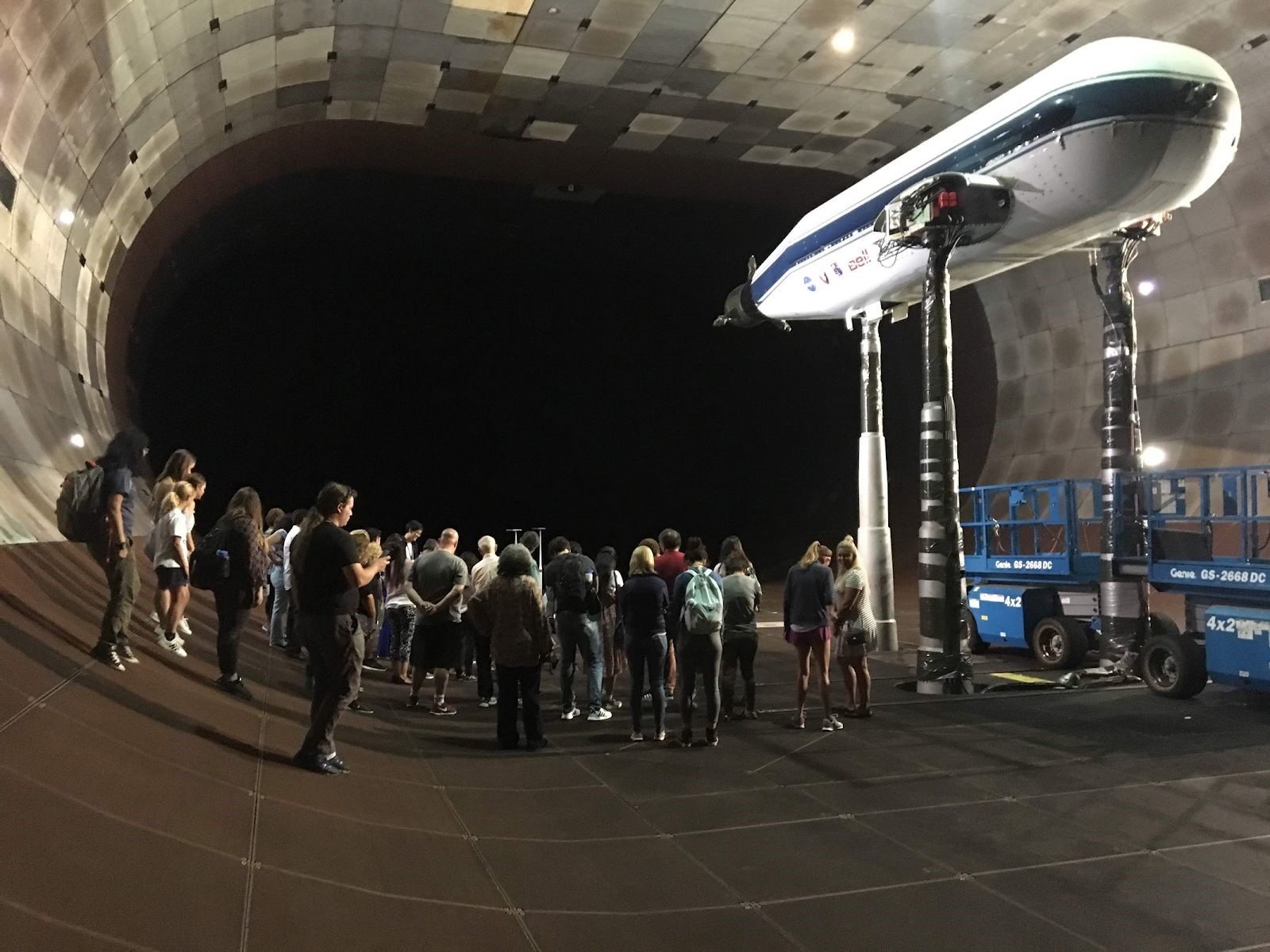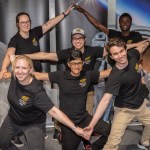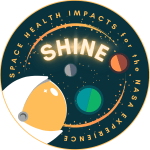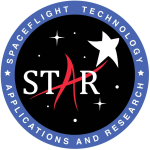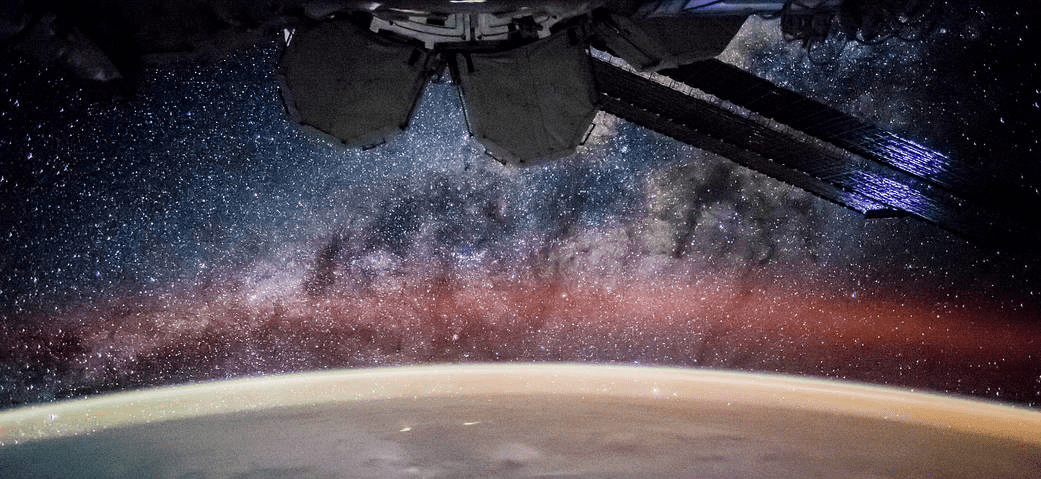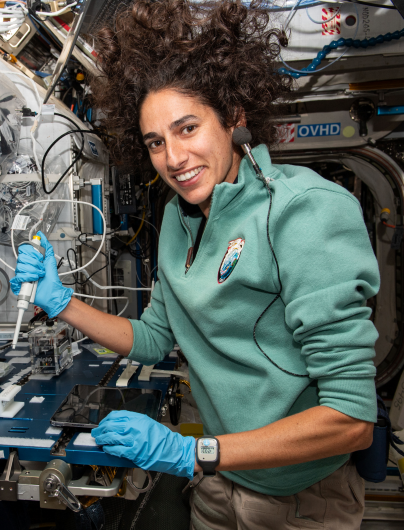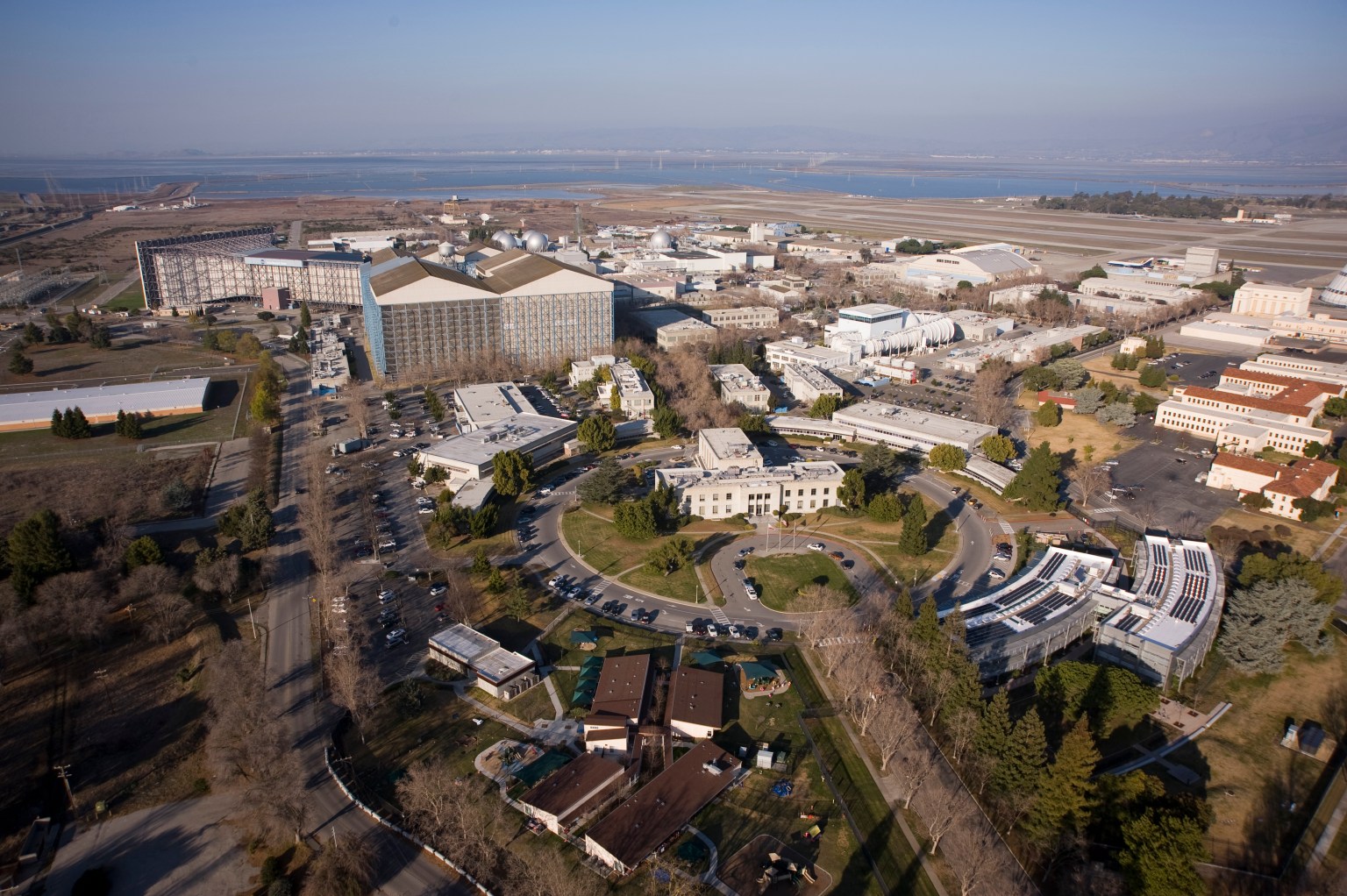Space Biosciences Education Programs
Learn More and Apply Online

GeneLab for High Schools
GeneLab for High Schools is a summer training program for rising high school juniors and seniors held online (virtually). It provides students an opportunity to immerse themselves in space life sciences with a specific focus on omics-based bioinformatics research, the science of collecting and analyzing complex biological data such as genetic codes, and computational biology.

NASA-BMSIS Young Scientist Program
The NASA-BMSIS Young Scientist Program in Space Biosciences is a collaboration between NASA’s Ames Research Center Space Biosciences Division and Blue Marble Space Institute of Science in developing the next generation of Space Biology professionals, which focuses on post-bachelors and pre-doctoral students.
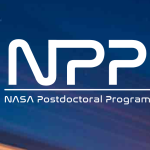
NASA Post-doctoral Fellows
The NASA Post-doctoral Program (NPP) supports NASA’s goal to expand scientific understanding of the Earth and the universe in which we live. Selected by a competitive peer-review process, NASA Postdoctoral Program Fellows complete one- to three-year Fellowship appointments that advance NASA’s missions in many fields of research, including space biosciences.
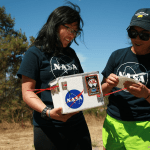
NASA STEM Engagement
The NASA Internship Website is a NASA-wide system for the recruitment, selection and career development of high school, undergraduate, and graduate students primarily in science, technology, engineering and mathematics disciplines. Opportunities for students in other disciplines are available.
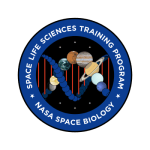
Space Life Sciences Training Program
The Space Life Sciences Training Program is a summer internship that provides undergraduate students entering their junior or senior years with professional experience in space life science disciplines. This competitive, 10-week program is held at NASA's Ames Research Center campus in Silicon Valley.
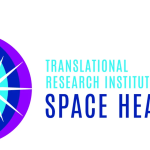
Translational Research Institute for Space Health
The Translational Research Institute for Space Health (TRISH) partners NASA's Human Research Program with external entities in researching and developing innovative approaches to reduce risks to humans on long-duration exploration missions, including NASA's Journey to Mars.



























